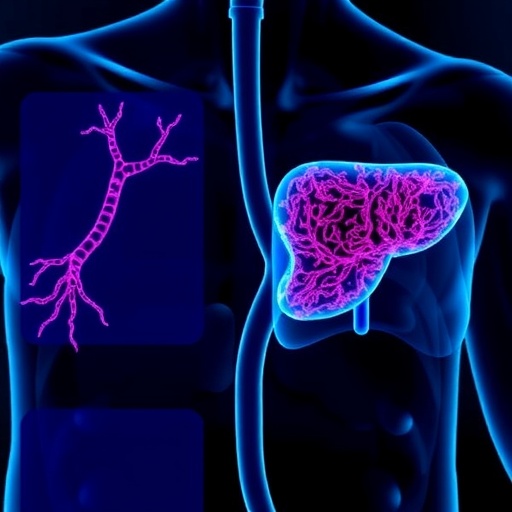One of the mysteries in cancer biology is how one protein, TGF-beta, can both stop cancer from forming and encourage its aggressive growth. Now, researchers at the University of Michigan Comprehensive Cancer Center have uncovered a key gene that may explain this paradox and provide a potential target for treatment.
TGF-beta is known as a tumor suppressor, meaning it’s necessary to keep cells in check and growing normally. But at some point, its function flips and it becomes a tumor promoter, fostering aggressive growth and spread of cancer. The researchers identified Bub1 as a key gene involved in regulating TGF-beta receptor.
The study is published in Science Signaling.
“Our data that Bub1 is involved at the receptor level is completely unexpected,” says study director Alnawaz Rehemtulla, Ph.D., Ruth Tuttle Freeman Research Professor of radiation oncology and radiology and co-director of the Center for Molecular Imaging at the University of Michigan Medical School.
“Bub1 is well-known for its role in cell division. But this is the first study that links it to TGF-beta. We think this may explain the paradox of TGF-beta as a tumor promoter and a tumor suppressor,” he adds.
The team of researchers at the University of Michigan, including Shyam Nyati, Ph.D., and Brian D. Ross, Ph.D., developed a way to screen for genes that regulate the TGF-beta receptor. When 720 genes from the human genome were screened against lung cancer and breast cancer cells, Bub1 emerged as playing a strong role in TGF-beta signaling.
Bub1 was shown to bind to the TGF-beta receptor and allows it to turn on aggressive cell growth. When the researchers blocked Bub1, it shut down the TGF-beta pathway completely.
TGF-beta is known to play a role in cells developing characteristics of aggressive cancer cells. Researchers also have known that Bub1 is highly expressed in many different types of cancer.
Because Bub1 is found in many types of cancer, developing a drug to target it could potentially impact multiple cancers. A compound to target Bub1 has been developed but is not ready for testing in patients. Initial lab testing suggests that a Bub1 inhibitor can very specifically target Bub1 without causing damage to other parts of the cell.
“When you look at gene expression in cancer, Bub1 is in the top five. In addition, Bub1 expression levels correlate with outcome in patients with lung and breast cancer. But we never knew why. Now that we have that link, we’re a step closer to shutting down this cycle,” Rehemtulla says.
Story Source:
The above story is based on materials provided by University of Michigan Health System.





